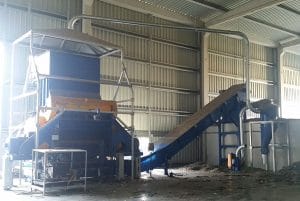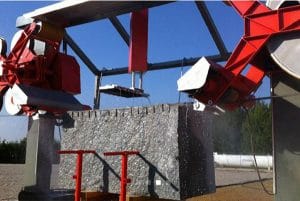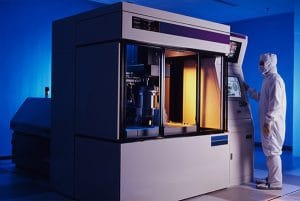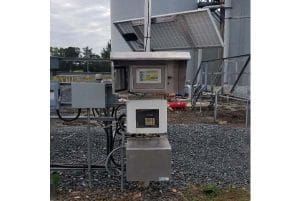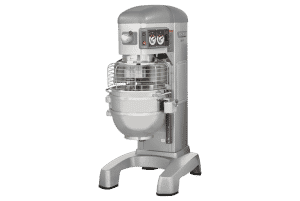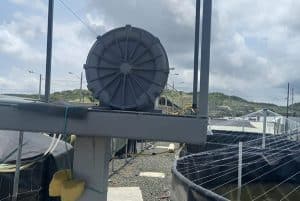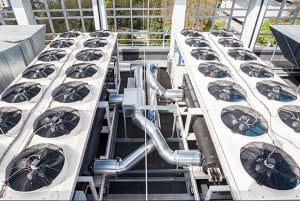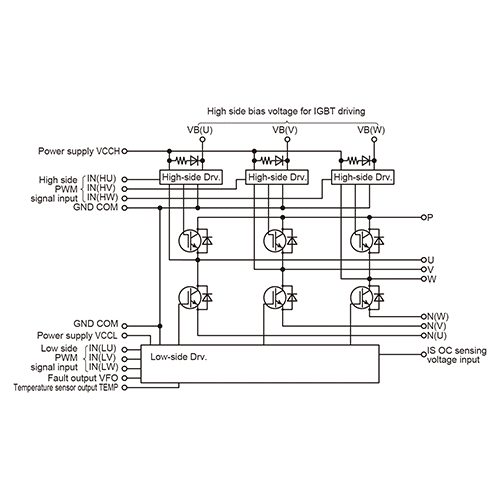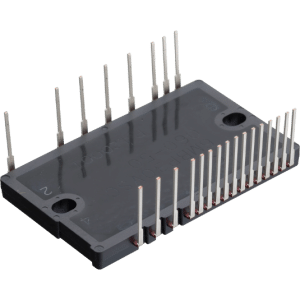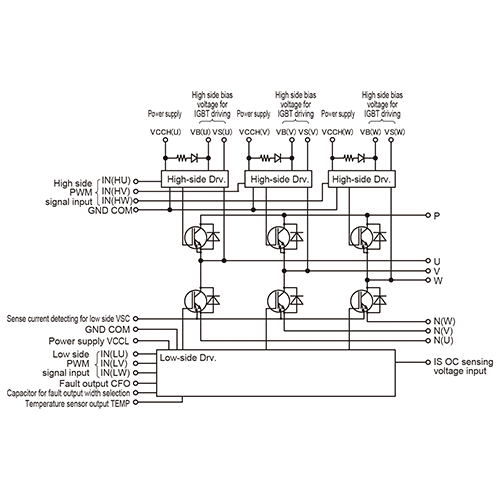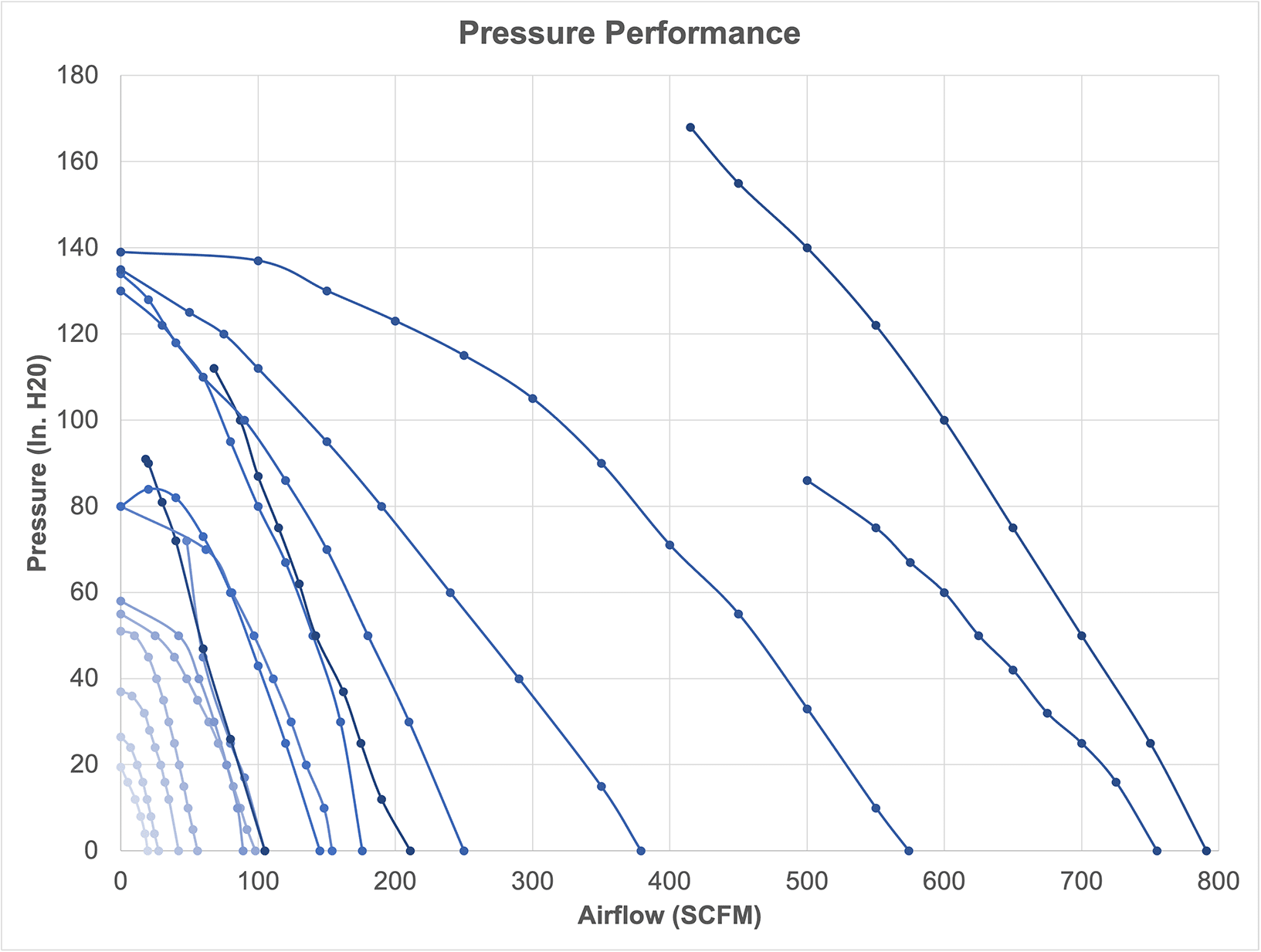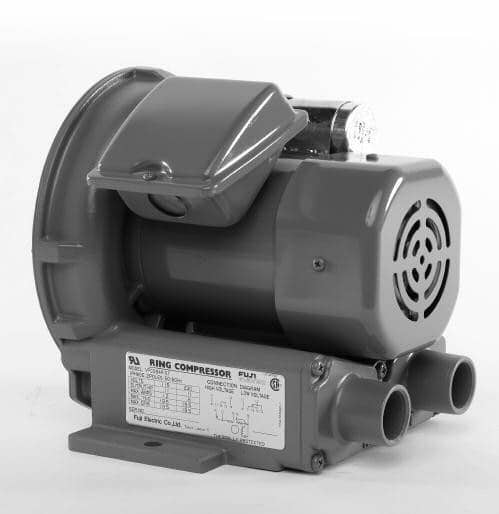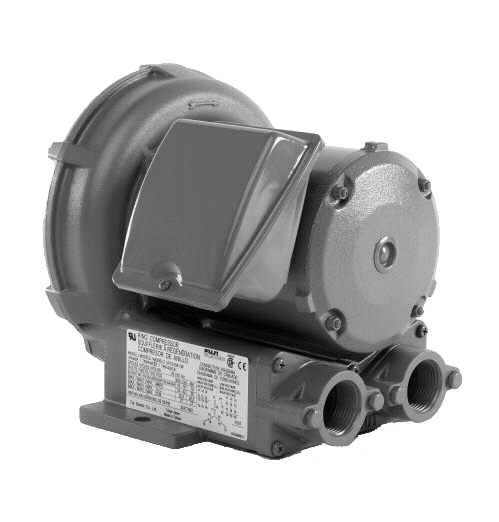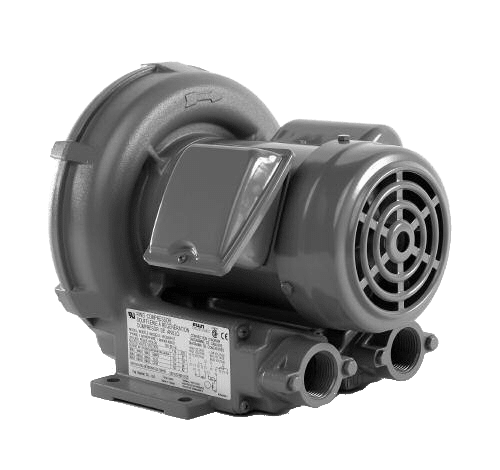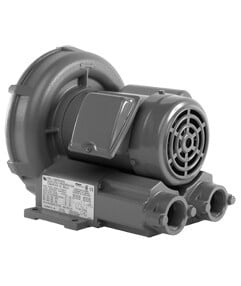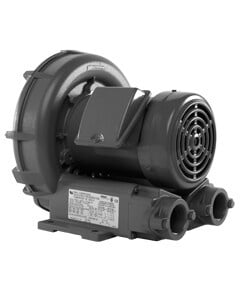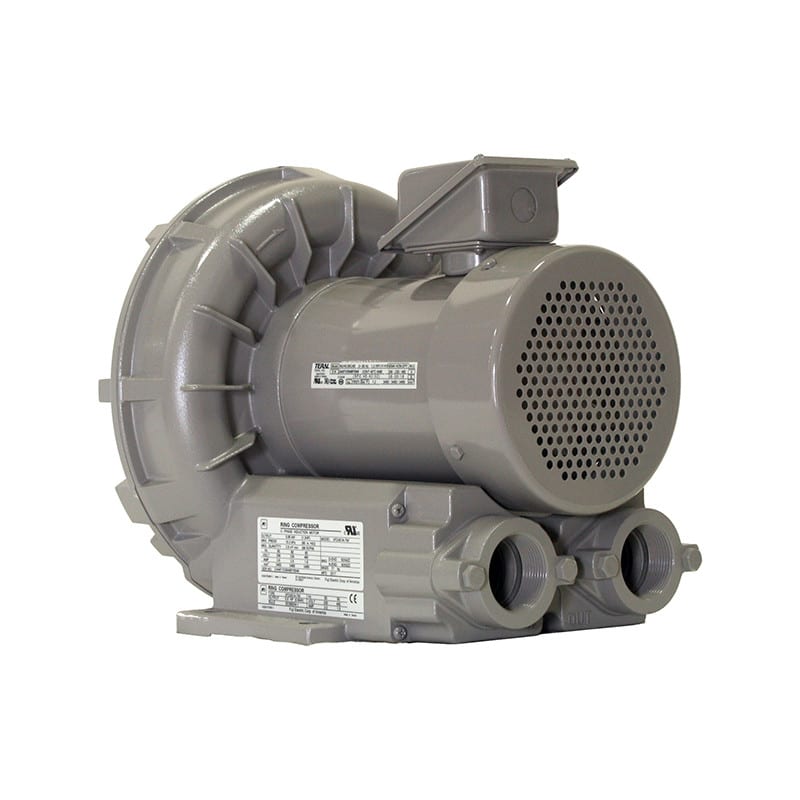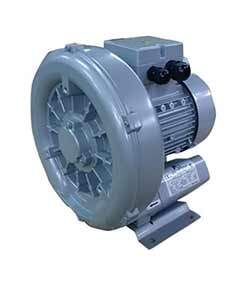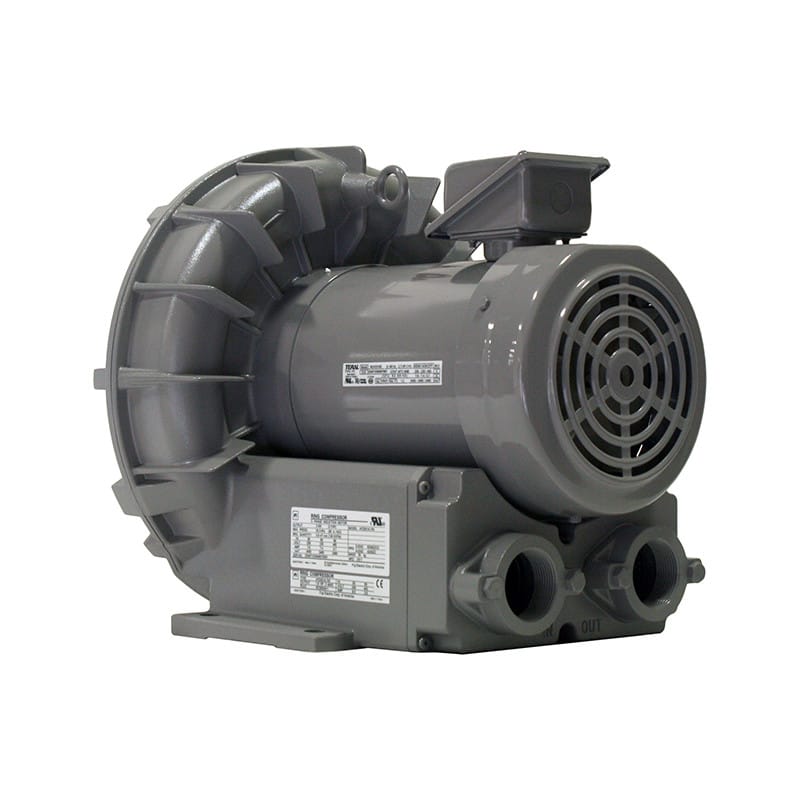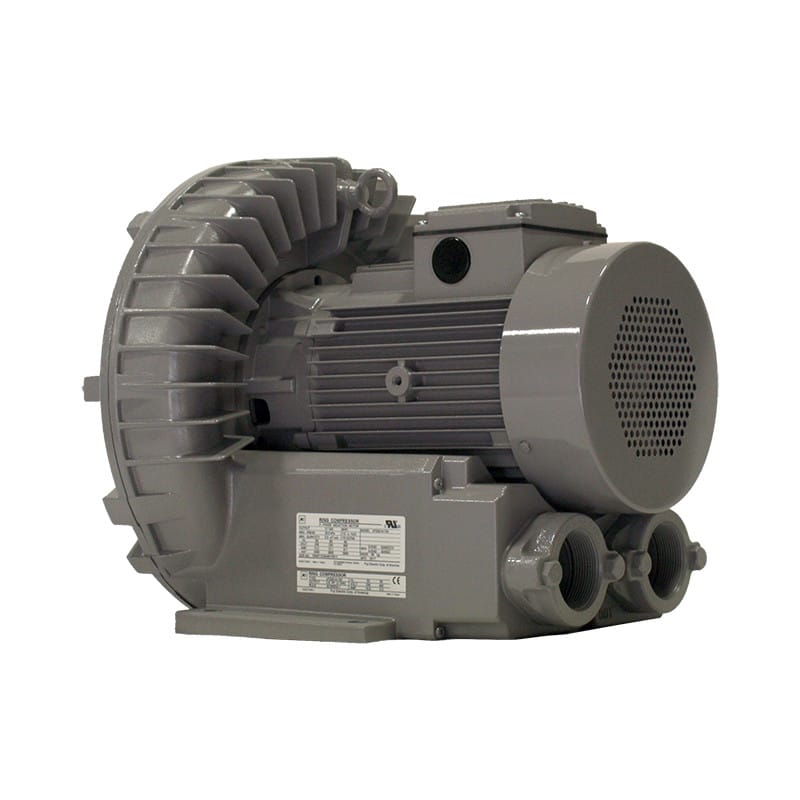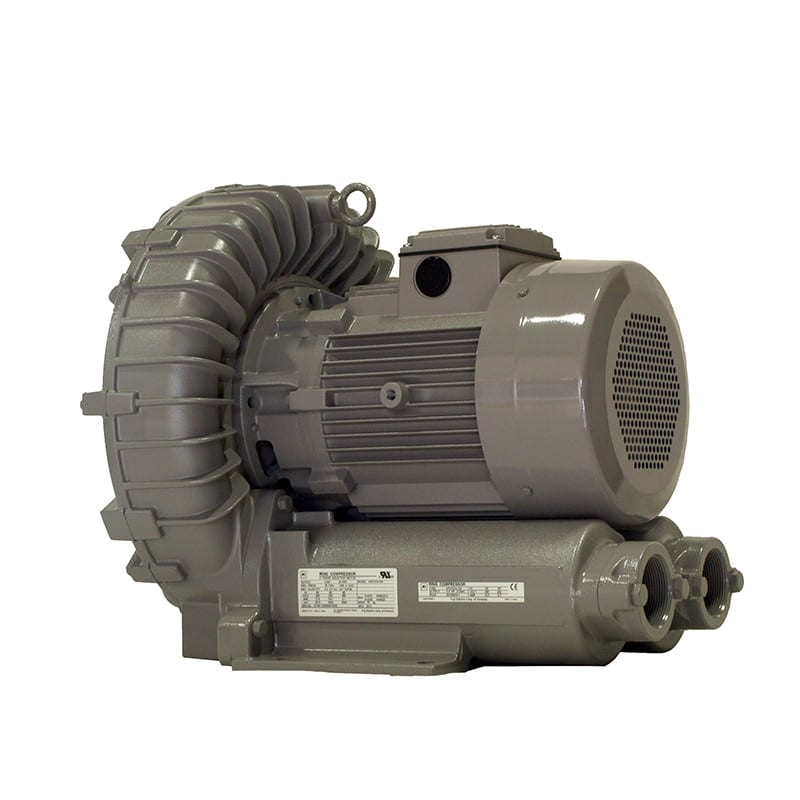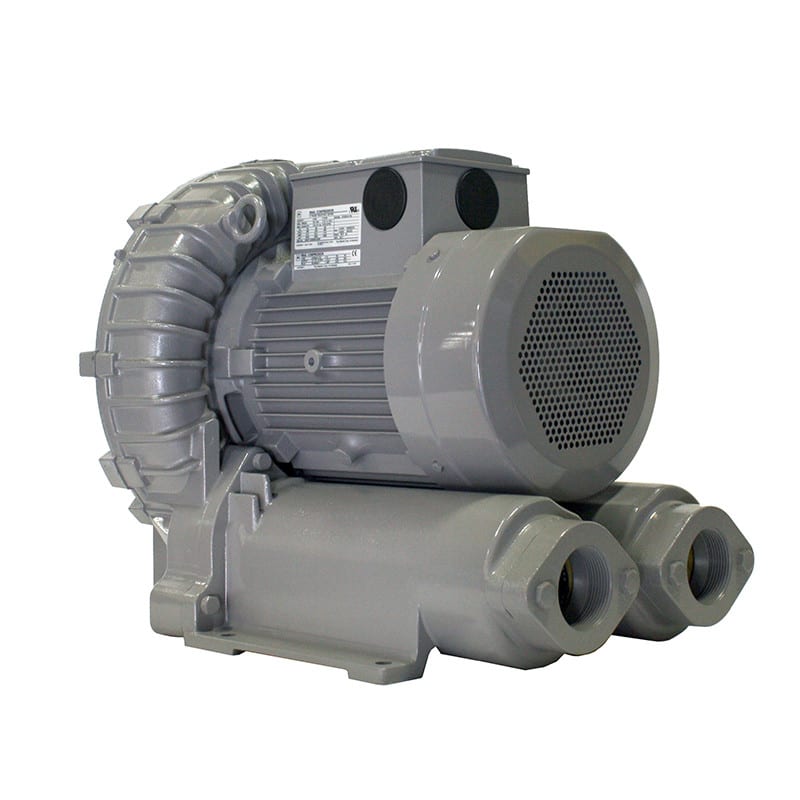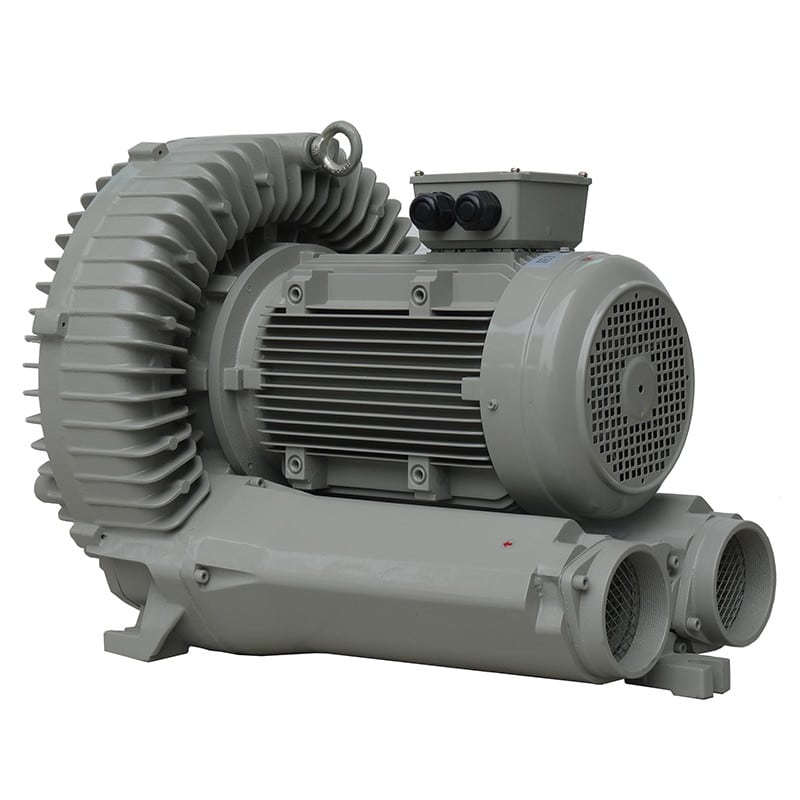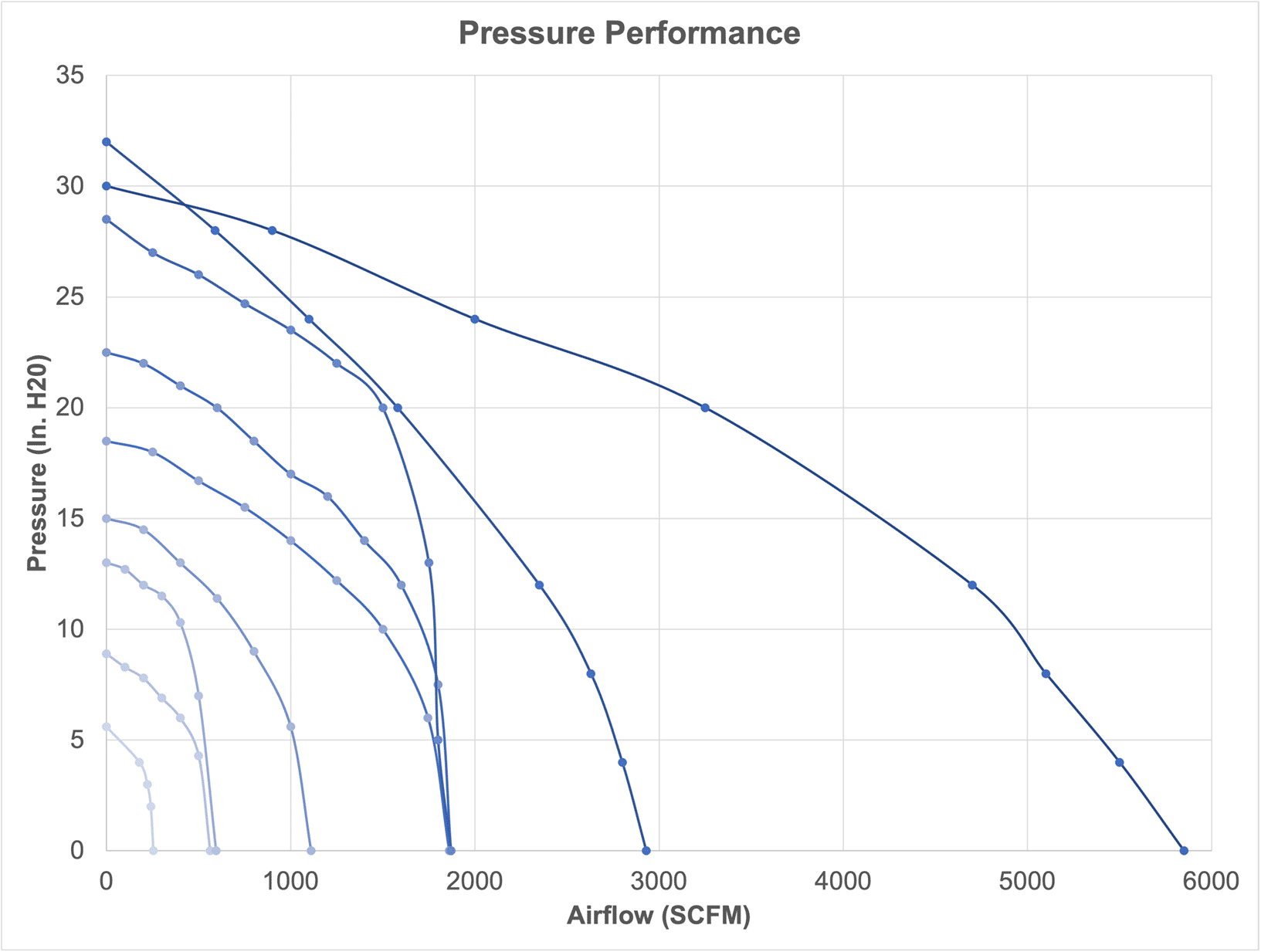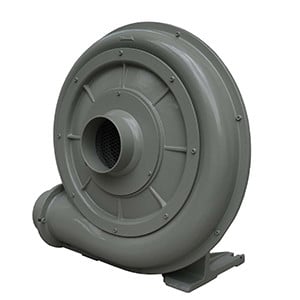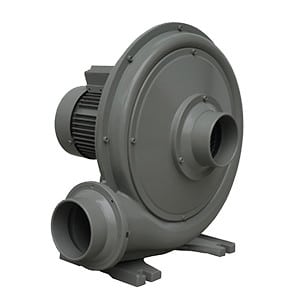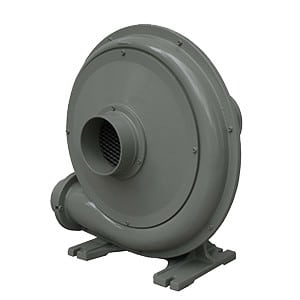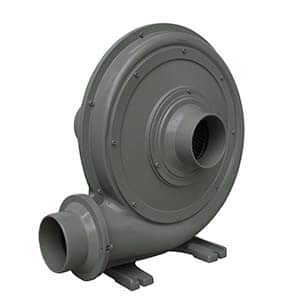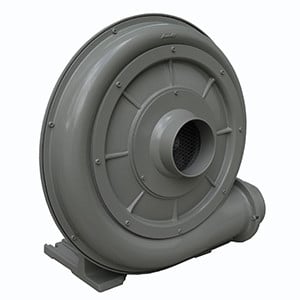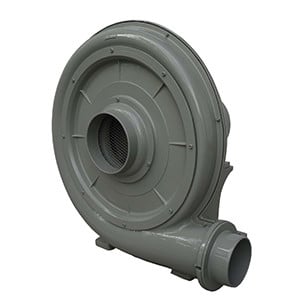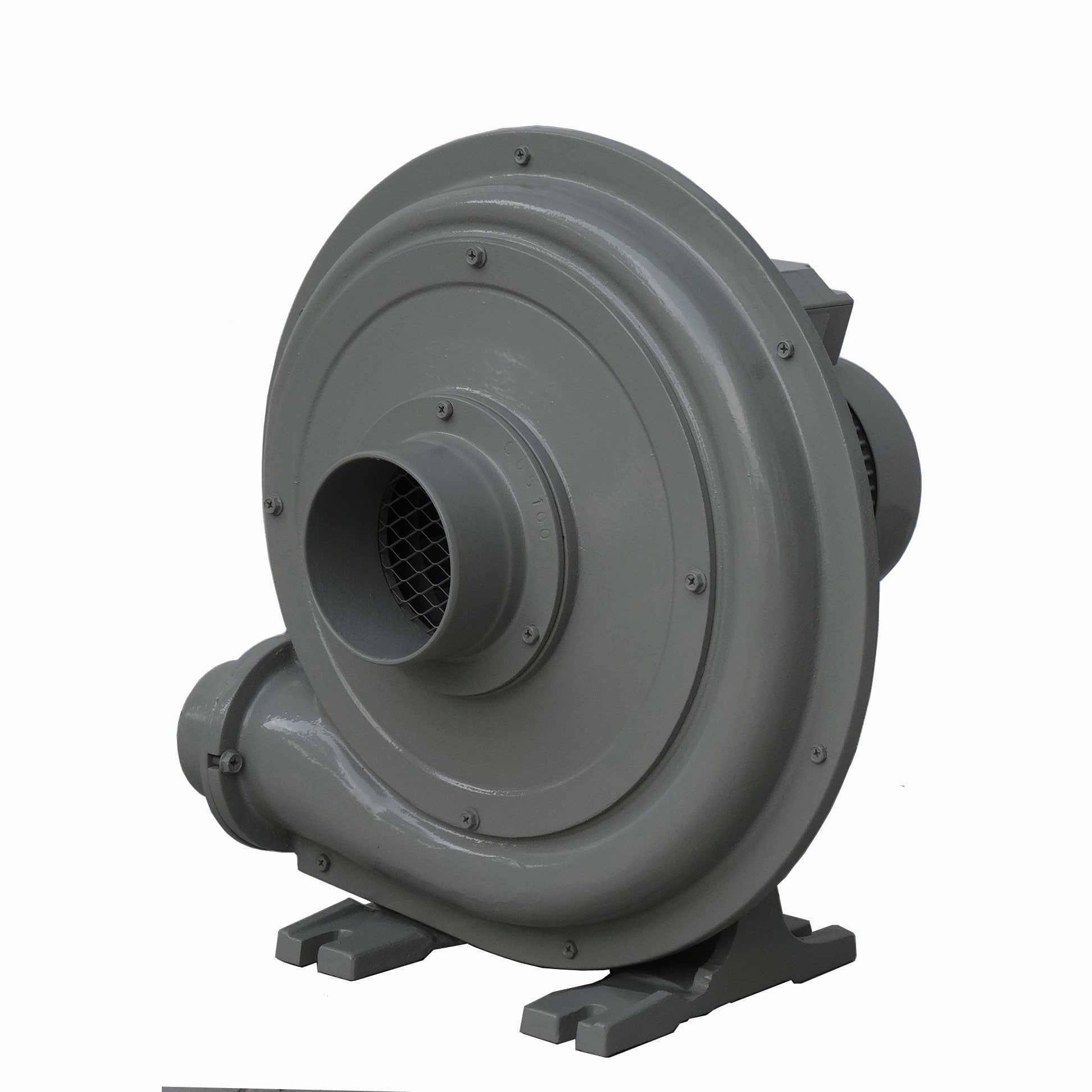Using the transient thermal resistance curve, table, and associated equation from a datasheet allows you to estimate the junction temperature rise of a semiconductor device during transient conditions. Here’s how you can interpret and use this information effectively:
- Understand the Key Elements
- Transient Thermal Resistance Curve:
- Shows how thermal resistance changes over time (i.e., how quickly the device can transfer heat from the junction to the case or ambient).
- Typically plotted as ZθJC(t) or ZθJA(t) (thermal impedance over time) vs. time.
- Table:
- Provides numerical values of thermal impedance for specific time intervals, making it easier to read precise data from the curve.
- Equation:
- May represent the curve mathematically for calculation purposes, often using an exponential model to account for thermal capacitance and resistance.
- Key Parameters to Identify
- Power Dissipation (): The amount of power the device is dissipating during operation.
- Thermal Impedance (): The time-dependent thermal resistance, typically provided for junction-to-case () or junction-to-ambient ().
- Temperature Rise (): The increase in junction temperature due to power dissipation, calculated as:
- How to Use the Transient Thermal Resistance Curve
- Determine the Time Duration:
- Identify the duration of the transient event (e.g., a pulse or switching operation) where the thermal response is critical.
- Locate Thermal Impedance:
- Use the curve or table to find the corresponding value for the specific time duration.
- Calculate Temperature Rise:
- Apply the equation:
- Add this rise to the ambient or case temperature to estimate the junction temperature:
- Practical Steps
Using the Curve:
- Locate the time duration of interest on the x-axis.
- Trace upward to intersect the curve.
- Read the corresponding thermal impedance value on the y-axis.
Using the Table:
- Find the time duration in the table.
- Read the corresponding value for that duration.
Using the Equation:
- Substitute the time duration into the provided mathematical model.
- Compute to use in the temperature rise formula.
- Considerations
- Steady-State vs. Transient:
For long-duration events, approaches the steady-state thermal resistance ( or ).
- Pulse Widths and Duty Cycles:
For repetitive pulses, ensure you consider the duty cycle and time-averaged power dissipation.
- Thermal Interface Material:
Include the thermal resistance of any interface material (e.g., thermal grease or pads) between the junction and ambient in your calculations.
- Safety Margins:
Ensure the calculated is well below the maximum allowable junction temperature () specified in the datasheet.
Example
- Given:
- Power Dissipation () = 50 W
- Time Duration = 10 ms
- From Curve/Table:
- Ambient Temperature () = 25°C
- Calculate:
This calculation shows the junction temperature under the given transient condition.
By interpreting the transient thermal resistance curve, table, and equation, you can accurately predict how a device handles thermal stresses during dynamic operations and ensure it operates within safe limits.





